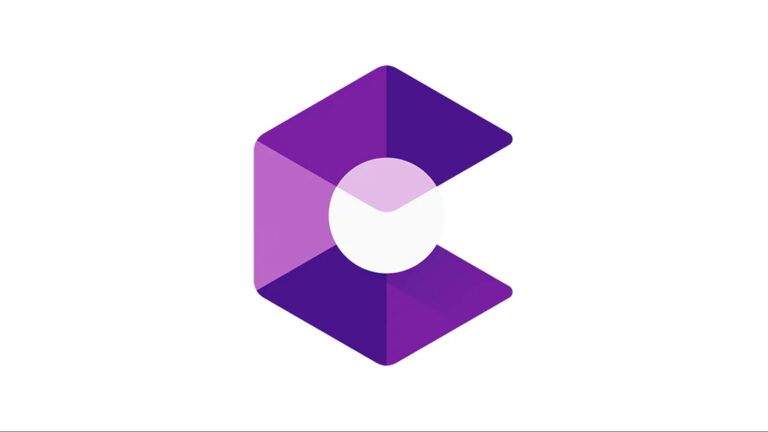
AR is a young but promising industry. Features like Google Lens and Amazon’s “View in Your Room” offer glimpses into its potential, but the sector has still only scratched the surface. Competition will drive AR even further, supported by a key enabling factor: free and/or open developer platforms.
Included in this broad category are free platforms like ARkit and ARcore. The reason they’re free is that they’re classic loss leaders for Apple and Google, respectively. By motivating developers to build AR apps using these platforms, they stimulate more experiences. That in turn creates a gravitational pull for consumers to buy their devices (Apple) or engage with their ad-supported ecosystem (Google).
Streamlining AR Development
From the developer’s perspective, the advantages of such platforms include cost (often free), as well as practicality and democratization. Starting with the former, you can build apps and experiences much faster when using existing, tried-and-true platforms instead of making everything from scratch. Software development is a tedious, time-consuming process. Throw new technologies like AR into the mix, and it becomes even harder. Free platforms like ARkit and ARcore don’t necessarily make the process easy, but they remove much of the friction by offering a foundation to build on.
There’s also a speed factor: when the process of creating an AR app is less complicated, businesses can bring new products to market faster. As a result, the broader AR market grows more robust in less time.
Leveling the Playing Field
Moving on to the second factor noted above, democratization, open AR developer platforms make it easier for smaller developers to compete. Without free or accessible tools, software development would cost 3.5 times more than it does. Businesses would have to spend orders of magnitude more to produce the same amount, making it difficult for independent developers to survive.
Free or open AR developer platforms conversely level the playing field by giving everyone access to the same underlying capabilities and development environments. Thanks to these advantages, AR development is much more accessible. And when a wider range of people can create AR experiences, it engenders app diversity and robust content libraries.
Fostering Creativity
Going deeper on that last point, the AR market becoming competitive through lower barriers to entry unlocks more creativity. When everyone is working with similar tools and timelines, there’s also greater motivation among developers to differentiate and innovate. That’s good news for consumers, as it results in a wider range of AR apps and experiences.
Consider how many mobile AR apps are built upon the same platforms but offer vastly different experiences. The ubiquitous Unity, for example, laid the groundwork for Pokémon Go to make over $915 million in one year. It also powered enterprise and equipment maintenance apps like TeamViewer Assist AR.
Common developer platforms give everyone the same set of building blocks, but how developers use them is up to them. In that way, it promotes innovation.
Opening New Revenue Streams
Beyond using developer platforms to build AR apps and experiences, the inverse opportunity exists to build platforms that others use. This path has been chosen by a few key innovators in the AR sector such as Niantic (Lightship ARDK), as well as 8th Wall (which was acquired by Niantic). These aren’t necessarily free – though Niantic recently launched a freemium tier for Niantic Studio – but many of the principles outlined above apply, such as the democratization effect.
Here, the models can vary from freemium (mostly seen from startups) to loss-leader approaches such as those noted above from Apple and Google (mostly seen from tech giants that can afford to defer revenue). Either way, optionality and diverse ways to monetize AR platforms lead to a richer industry.
The bottom line is that AR benefits from fast, diverse development. Low-barrier and widely-accessible platforms are the best vessels to achieve such ends.
 Devin Partida is Editor-in-Chief at ReHack Magazine and editorial contributor at AR Insider. See her work here and follow her @rehackmagazine.
Devin Partida is Editor-in-Chief at ReHack Magazine and editorial contributor at AR Insider. See her work here and follow her @rehackmagazine.

